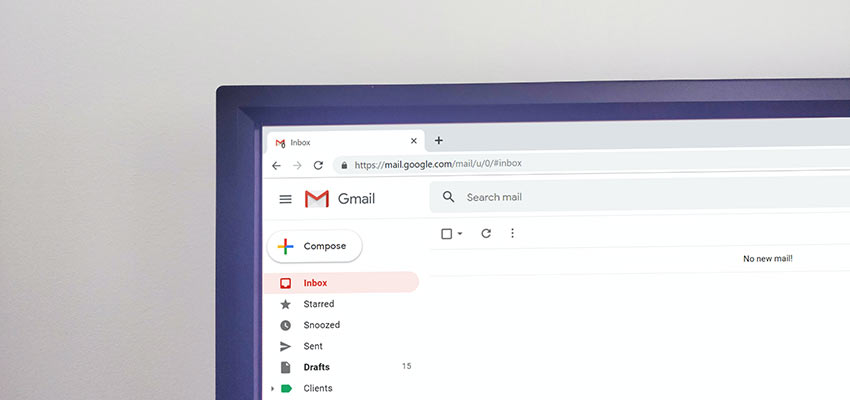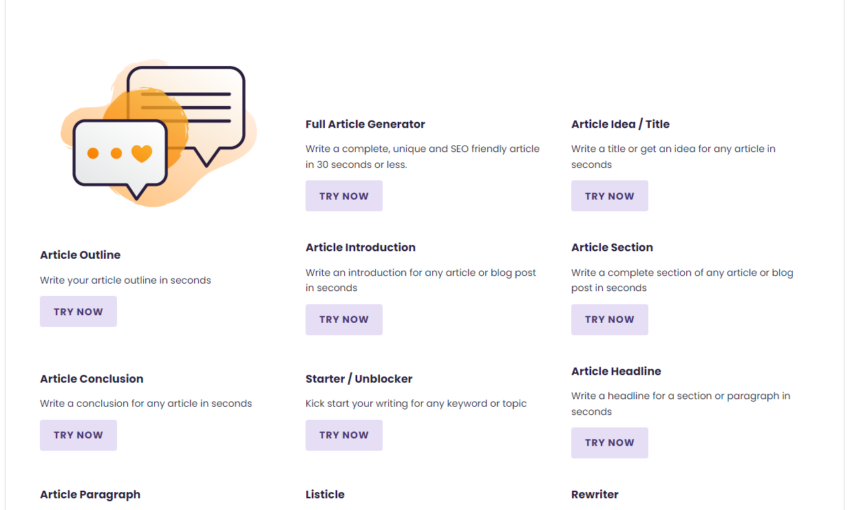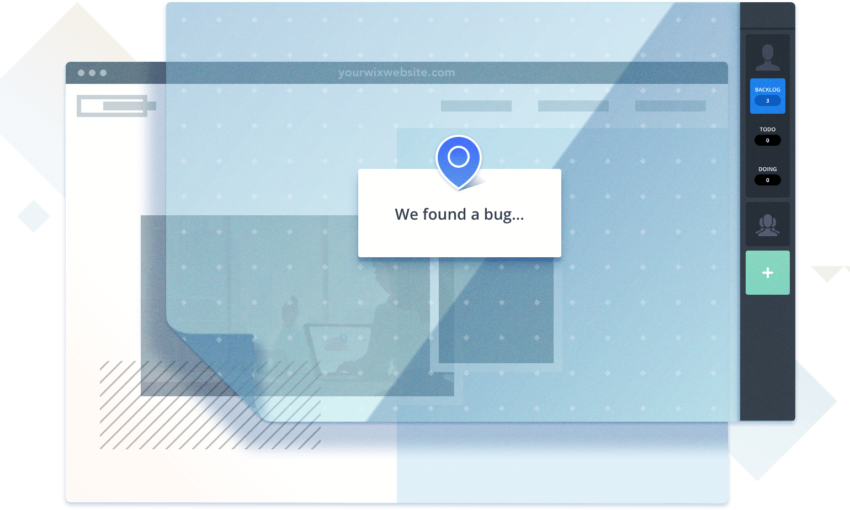Web designers wear a lot of different hats, depending on the project. Sometimes we’re project managers, trying to coordinate an effort get assets from various sources. On other occasions, we play the role of a marketer, tech support representative or even psychiatrist. But, beyond design and development, the hat we wear most often is that of educator. But educating your web design clients isn’t in the initial job description – so why do we do it?
It’s something we do out of necessity. Most organizations don’t have web-savvy experts on hand. As such, there’s a learning curve for clients when it comes to design, functionality, content management, SEO, maintenance and a whole lot more.
To some designers, this may seem like an extra burden. After all, shouldn’t we just focus on building great things?
While there’s some merit to that argument, there are also a number of reasons why educating your web design clients is worthwhile. Let’s take a look!
The Freelance Designer Toolbox
Unlimited Downloads: 500,000+ Web Templates, Icon Sets, Themes & Design Assets
All starting at only $16.50 per month
Better (and Faster) Project Outcomes
The first benefit is purely practical. Sure, you probably enjoy your job. But no one enjoys a project that seemingly drags on forever. Helping your clients understand what’s involved in the design and build processes can get things moving forward.
Quite often, a project stalls because clients are unsure of how things work. What type of content is acceptable? Are there any technical limitations to what we want to do? There are a ton of potential questions they may have.
Building a website is not like shopping for clothes – clients don’t simply pick out everything they want, then head to the cash register to pay.
On the contrary, a lot of consideration has to go into how a website works, what it looks like and what features to include. Therefore, clients need to understand the basics, along with the pros and cons of these decisions. It affects everything from budget, marketing position to user experience.
Serving as a guide to your clients can make a positive impact, both in getting the project completed and in the quality of the final result.

It Builds Mutual Trust
Having a strong, trusting relationship with your clients is vital. This can create customer loyalty that keeps them with you year after year. And it may also result in some lucrative referrals as well.
But the biggest benefit here is the ability to work together. A relationship that’s strained or very one-sided may make you cringe every time the phone rings or an email arrives. That certainly doesn’t help you do your best work.
When there’s a mutual trust, however, the process can be much more productive. Designers know that, when a client asks for something, they likely won’t tear the whole thing up minutes after you finish it. Why? Because the details were discussed honestly.
Clients, on the other hand, realize that you have their best interests at heart. When you make a suggestion of how to approach a project, they’ll be more likely to listen.

Fewer Support Requests
Every website needs maintenance at some point. It could be a CMS software update or a new feature that needs to be added. They go along with the territory and designers can usually prepare for them.
But it’s those little support requests from clients that can throw off our schedules. The “how-to” questions or the “oops, it’s broken” pleas for help.
These things can happen to anybody. But a client who has a basic understanding of how to manage their website should be less likely to run into these issues. That will hopefully translate into fewer support requests coming your way.
Plus, clients will feel empowered. Seeing someone who may have had initial nervousness around technology learn to help themselves is pretty great as well. They have a newfound confidence and you have the good feeling that comes along with helping.

Educating Your Web Design Clients Is an Investment
Educating clients – whether through formal training or friendly advice – takes time and patience. But it is very much worth the effort.
There are a number of long-term benefits. It helps to create stronger designer-client relationships, results in better project outcomes and may even save you a few panicked support requests.
In addition, the potential monetary benefits shouldn’t be ignored. Training clients is something you can build into your services and provide your business with another source of revenue. You can even use group educational events like webinars as a way to drum up new projects.
All told, by educating your web design clients you are making an investment in both them and yourself. It’s something that can benefit every web designer.
This post may contain affiliate links. See our disclosure about affiliate links here.




